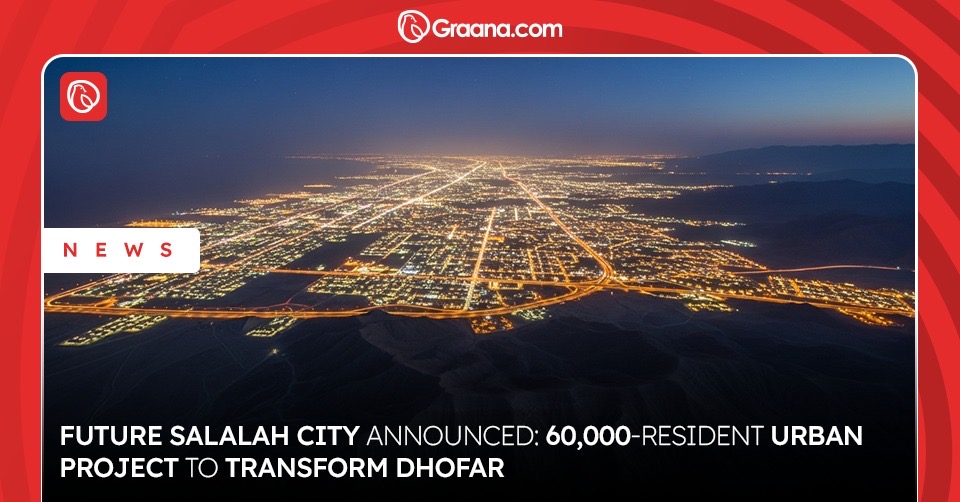RIYADH – Outstanding loans from Saudi banks climbed to SR3.2 trillion ($849.7 billion) in June, reflecting a 15.8% year-on-year rise, according to the Saudi Central Bank (SAMA). Corporate lending drove the majority of this growth, accounting for SR1.8 trillion, or 76% of total loans, while household borrowing stood at SR1.4 trillion, down to 44% of the total from nearly half a year earlier.
Business loans jumped 22.5% annually, fueled by strong demand from sectors aligned with Vision 2030. Real estate financing led the surge with SR384 billion—nearly 22% of corporate loans—marking a 39% increase. Wholesale and retail trade followed at SR213.1 billion (up 8.4%), while utilities secured SR199.3 billion, and manufacturing reached SR192.2 billion.
Sectors with the fastest growth included real estate and transportation (39.9%), healthcare and social services (35.4%), and financial and insurance activities (34%). Analysts say the lending boom highlights banks’ pivotal role in funding Vision 2030 projects spanning housing, infrastructure, transport, and social services.
Home financing continues to expand on the back of megaprojects such as NEOM, urban growth, and policies improving transparency in property finance. Simultaneously, fintech innovation is transforming the sector—electronic payments made up 79% of all retail transactions in 2024, compared to 70% in 2023.
The fintech ecosystem is also expanding rapidly: by mid-2025, 317 firms were active in the Kingdom, with 86 securing $4.66 billion in venture funding. Saudi Arabia aims to reach 525 fintech companies and create over 18,000 jobs by 2030 under the Financial Sector Development Program.
Robust credit growth translated into record profits for banks. The Saudi National Bank earned SR6.1 billion in Q2, up 17.3%. Al Rajhi Bank reported SR6.15 billion in profit, a 31% surge, while Saudi Awwal Bank and Banque Saudi Fransi posted gains of 9.5% and 21%, respectively. Sector-wide, second-quarter earnings exceeded SR23 billion—the highest in Saudi banking history.




